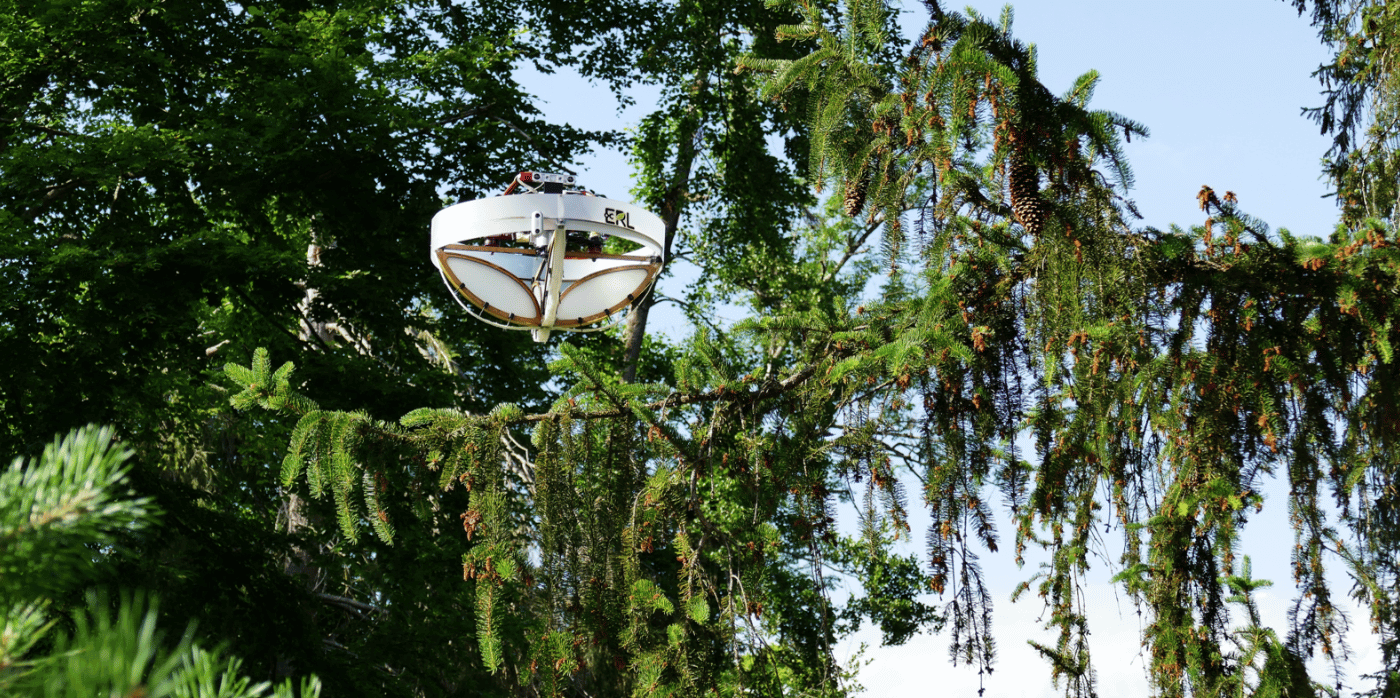Spotted: Living organisms leave behind genetic tracks in the environment – DNA or eDNA. Ecologists then inspect these tracks to catalogue biodiversity, uncovering which species are active in that area. However, while following some organisms is easy, others reside in hard-to-reach areas, often turning research into a cold case. To improve the data collection, researchers at the ETH Zurich and the Swiss Federal Institute for Forest, Snow, and Landscape Research WSL have developed a drone that can land on tree branches and collect samples.
The aircraft first lands on a branch to gather the sample using a sticky strip. Then, back at the lab, researchers can extract DNA from the adhesive strip and analyse it. Finally, the team will assign genetic matches of the various organisms using database comparisons.
But all branches are different, with varying elasticity, thickness, and sturdiness and overcoming these issues proved a challenge for the team, as landing on the branches required complex control. To address this, the researchers fitted the drone with a force-sensing cage to enable it to gauge the flexibility of the branch on a case-by-case basis and incorporate this into its landing technique.
To date, the drone has been tested on seven tree species. But now, the team has been prompted to improve the device in the hopes of winning a competition to detect as many species as possible across 100 hectares of Singaporean forest in 24 hours.
Springwise has previously spotted other innovative drone technologies, including a drone that can inspect and repair wind turbines, and a startup that revolutionises drone control interface.
Written By: Georgia King

